The Paisley Motif in Banarasi Textiles: A Journey Through History
Banarasi textiles are synonymous with luxury, craftsmanship, and timeless beauty. Among the myriad motifs that adorn these exquisite fabrics, the paisley stands out as a beloved and enduring design. But how did the paisley motif find its way into the lexicon of Banarasi weaving? To understand this, we must journey through history, tracing the cultural, artistic, and economic influences that shaped the evolution of Banarasi textiles.

The Paisley Motif: Origins and Evolution
The paisley motif is often associated with the shape of the mango, or amra, which has deep significance in Indian culture. Its teardrop-like form is thought to symbolize fertility, life, and eternity. While the paisley design is strongly linked with India, particularly in Banarasi weaving, it’s important to note that the term "paisley" itself is a later coinage. In Banarasi weaving, this motif is still referred to as Kairy, a term that has deep roots in the local weaving lexicon. The paisley design gained prominence across regions, including in Kashmiri Shawls, through its evolution in different cultural contexts and artistic traditions. Many claims about the precise origin of the paisley motif are based on interpretations and scholarly theories rather than definitive historical facts.
Mughal, Central Asian, and Persian Influences
The influence of Mughal and Persian aesthetics on Indian textiles is well-documented, as the Mughals were great patrons of art and design. During the Mughal era, Persian motifs, including floral patterns and intricate geometric shapes, were integrated into Indian weaving. Banarasi weavers, known for their exceptional skill in weaving with zari and silk, began incorporating these influences into their designs, adapting them to suit the local sensibilities. While the paisley motif may not have originated directly from Persia, Persian design traditions introduced new patterns, including elements that likely paved the way for paisley’s greater integration into Indian textiles.
Influence of British Colonial Rule
During British colonial rule in India, Indian textiles, including those with paisley motifs, became highly popular in Europe. As per the East India Company (EIC) website, the paisley pattern, initially seen in Kashmiri shawls, made its way to Europe through EIC's trade along the Silk Routes. As the design became highly sought after, it was imitated in Scotland, particularly in the town of Paisley. This pattern, with its distinctive shape, became a symbol of luxury and craftsmanship in both Eastern and Western textiles.
While the paisley was a significant part of Indian textile traditions long before it became popular in Europe, the town of Paisley in Scotland gave the motif its modern European identity, which endures to this day as the formal English name of the motif. The Kairy coinage remains more prevalent in weaving jargon of India.
The European appreciation of Indian textiles must have contributed to further bolstering the paisley’s presence in Banarasi weaving.
Post-Independence Revival
After independence, there was a conscious movement to revive indigenous Indian motifs and promote national pride in local craftsmanship. Indigenous motifs, such as the kalga (large floral sprays) and bel (creeping vines), became integral to the design vocabulary, enriching Banarasi textiles. The paisley, being deeply rooted in Indian tradition, continued to evolve taking various shapes and forms and seamlessly blending into the aesthetic of modern Banarasi sarees.
The Enduring Legacy of Paisley in Banarasi Textiles
The paisley remains a cornerstone of Banarasi design, and its journey from Indian looms to Persian courts and European weaving centres stands as a testament to the enduring power of art to transcend borders and eras.
At HolyWeaves, while we explore diverse design themes—ranging from animal stripes and shlokas to Western motifs like houndstooth and herringbone—we remain deeply anchored in the timeless paisley motif. Many of our sarees celebrate the beauty of paisleys, which form the heart of many of our creations. This enduring connection to the paisley reflects our commitment to preserving the essence of Banarasi textiles, even as we infuse them with fresh, contemporary elements to resonate globally and culturally.
We invite you to experience the different interpretations of these classic motifs, woven into each saree with a perfect blend of tradition and innovation. Browse our collection here.

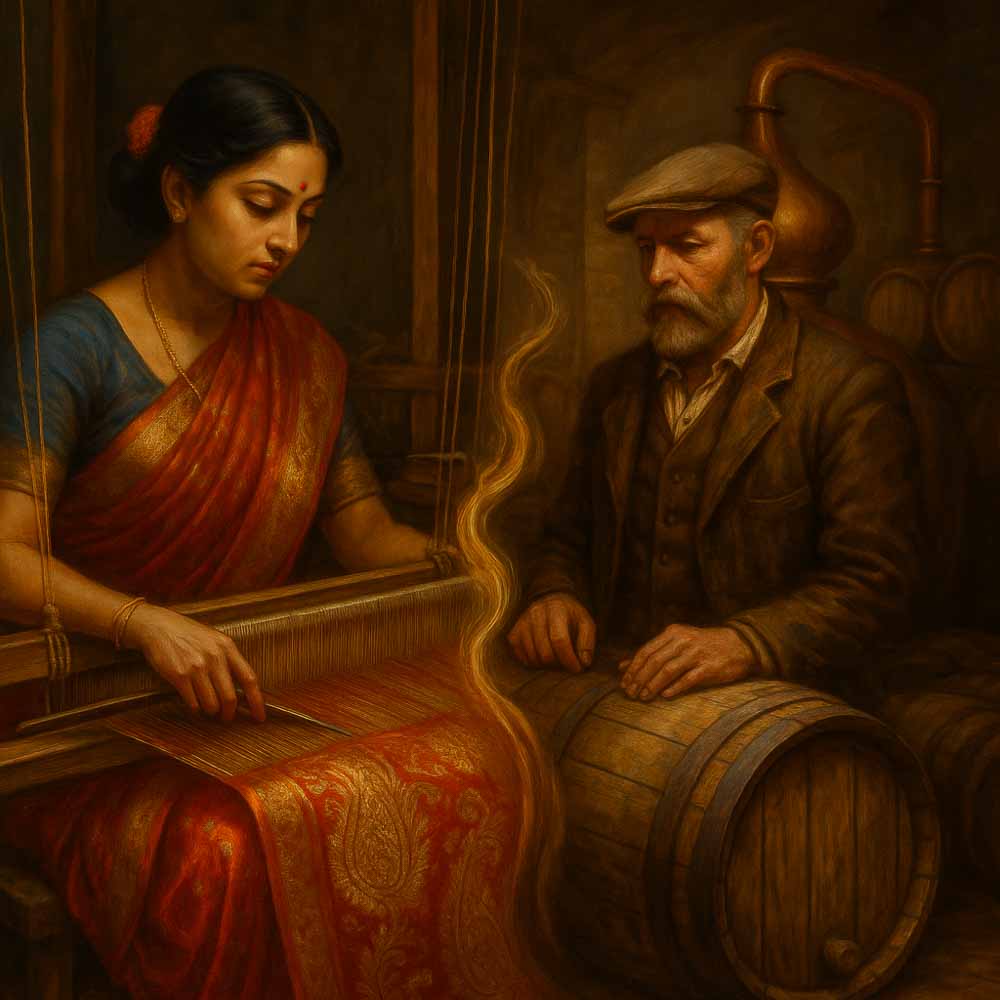
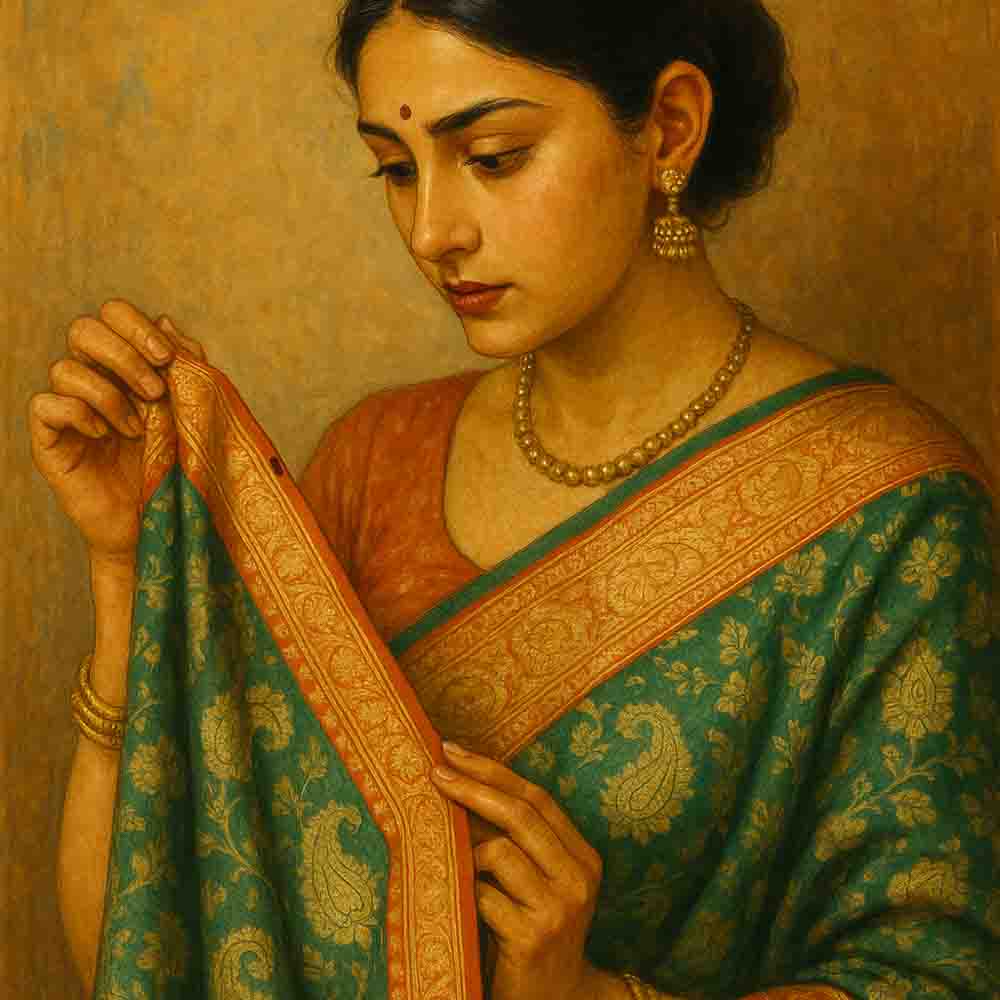
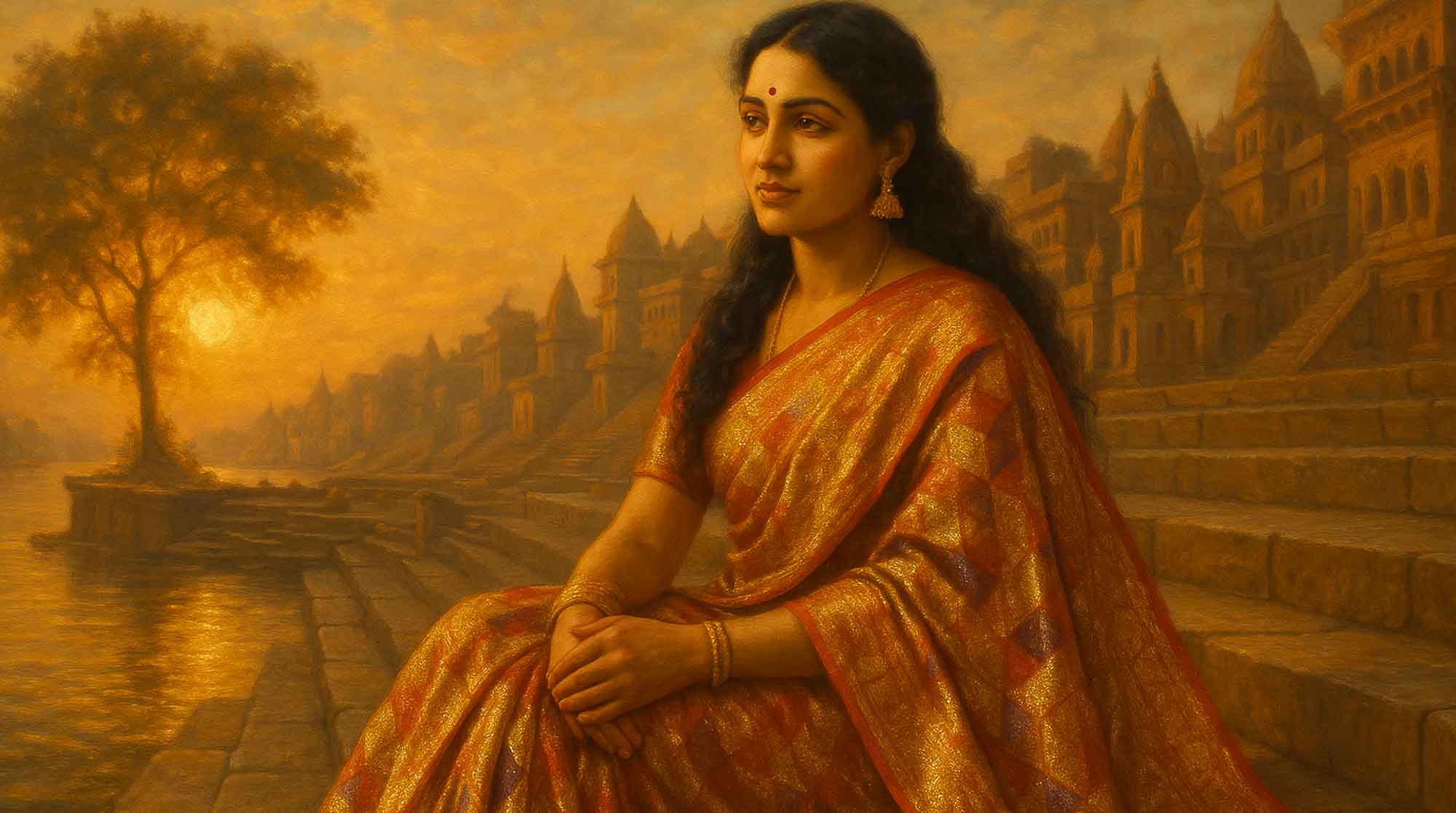
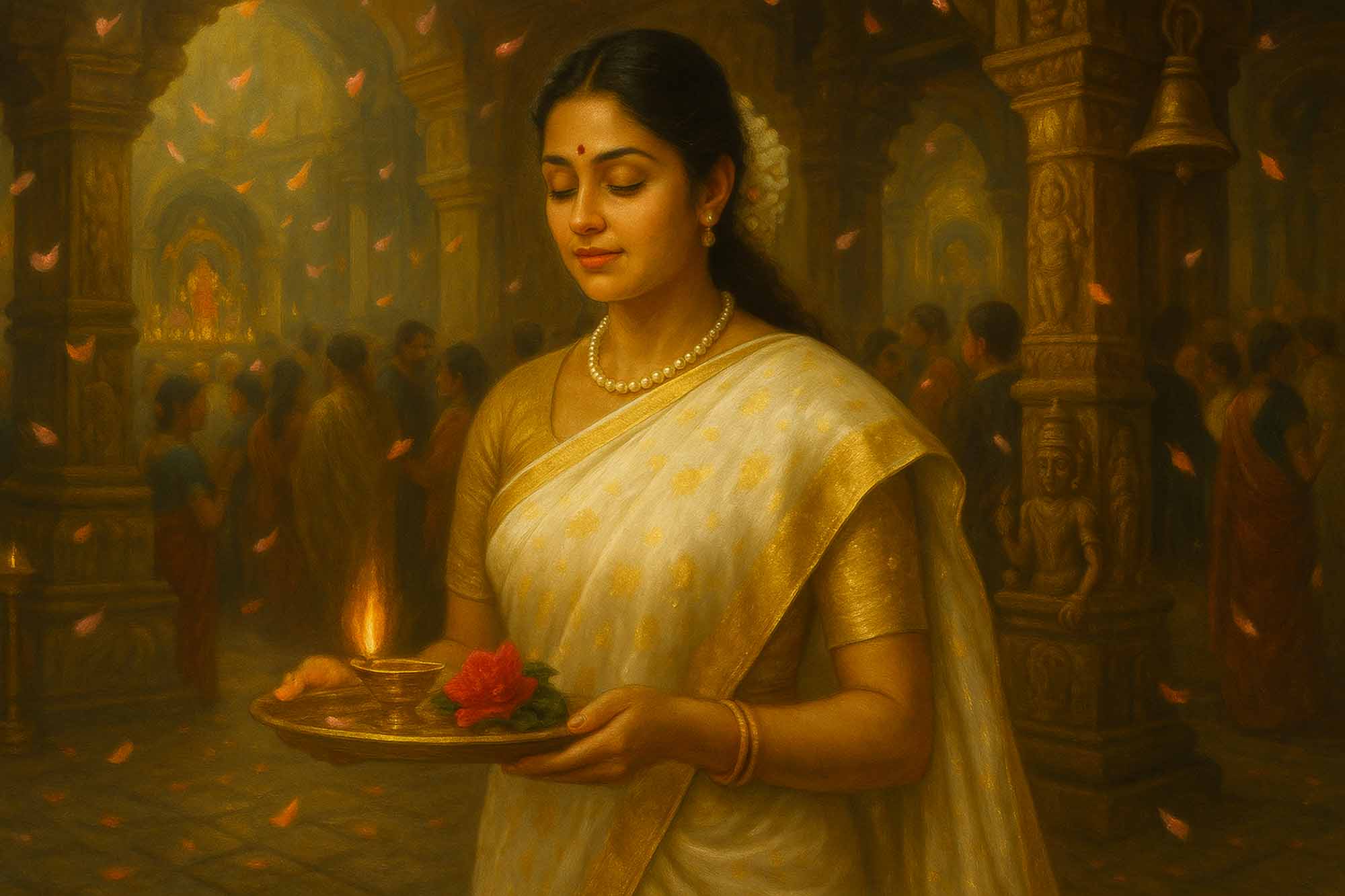
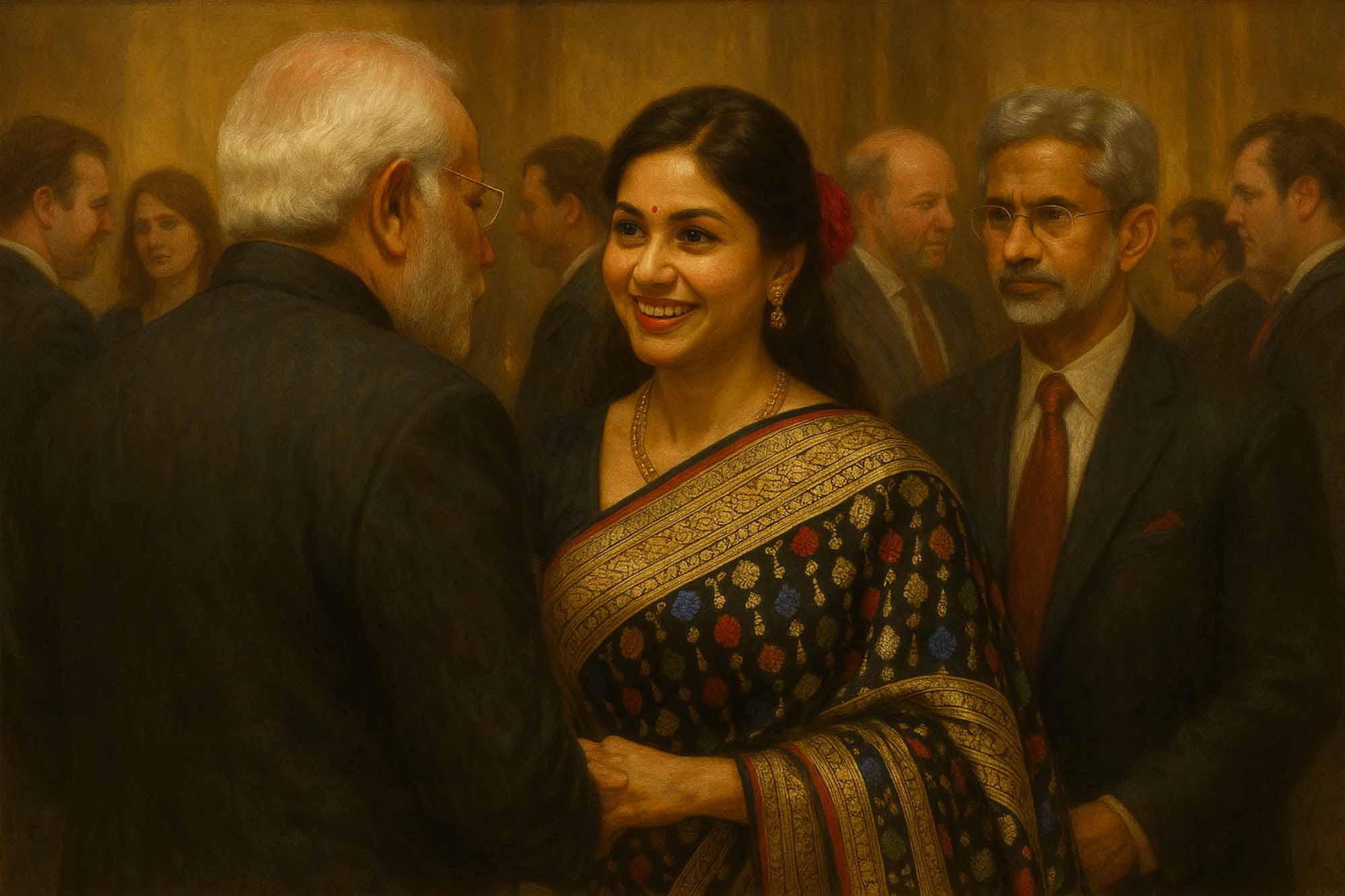
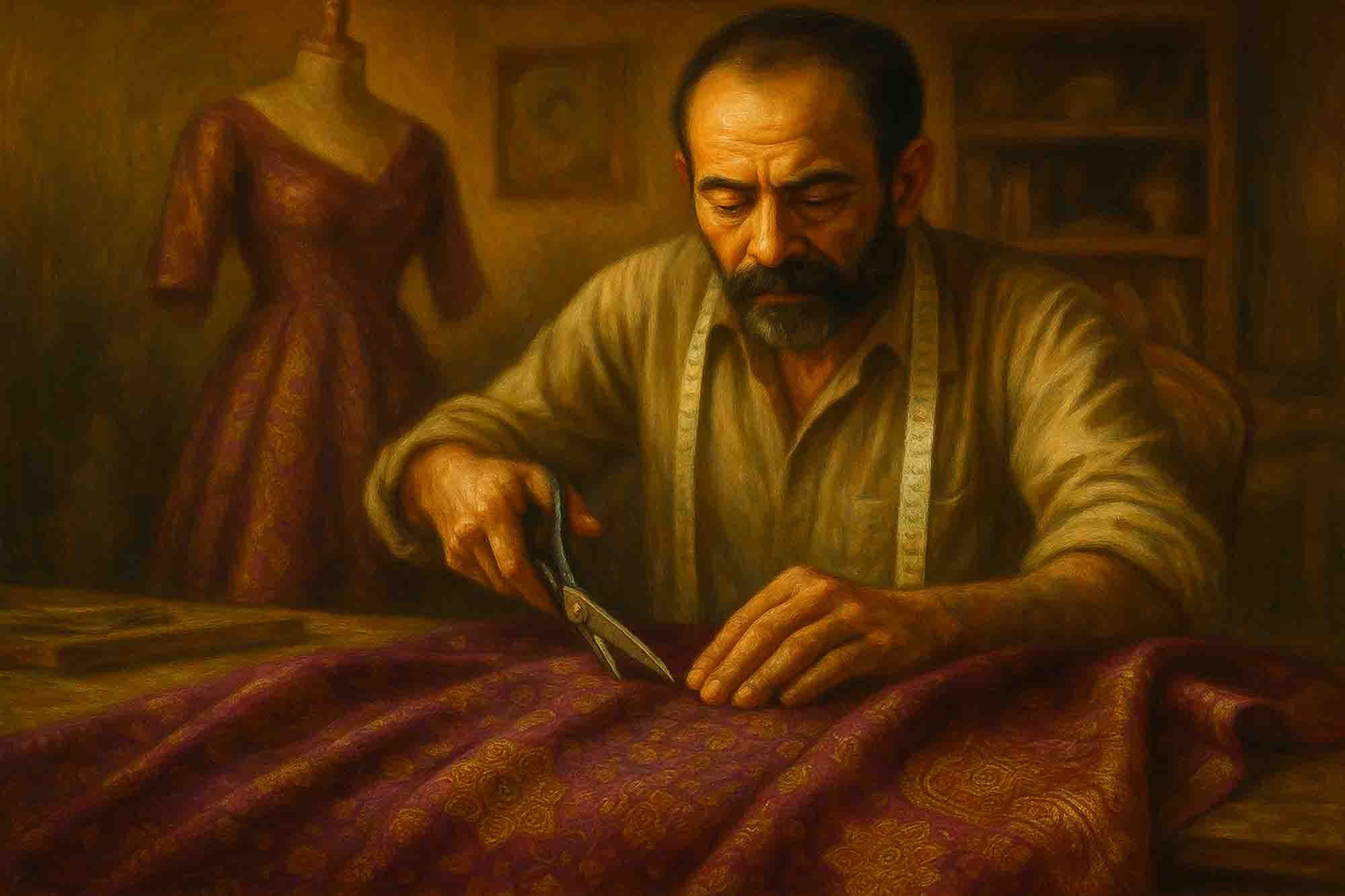
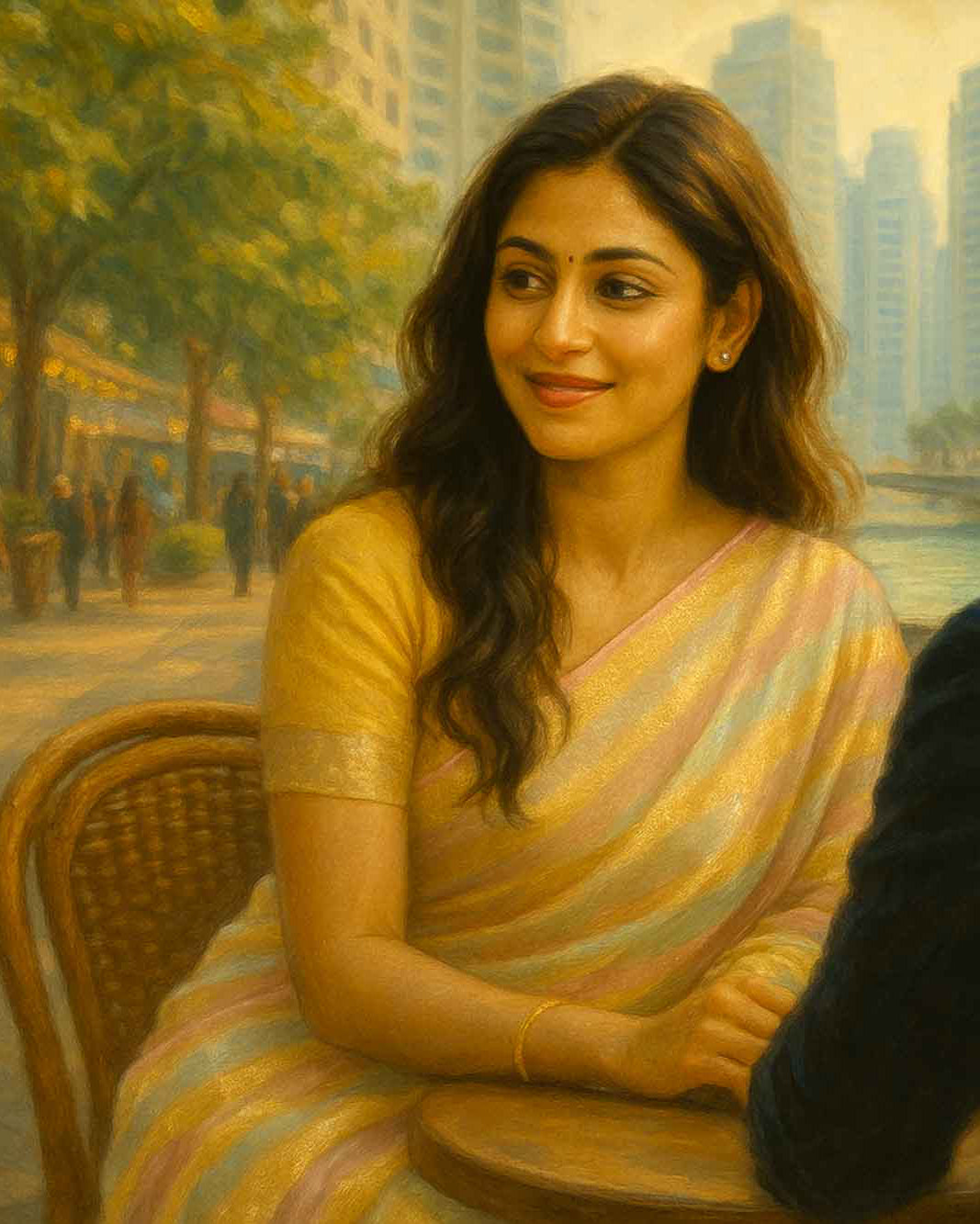
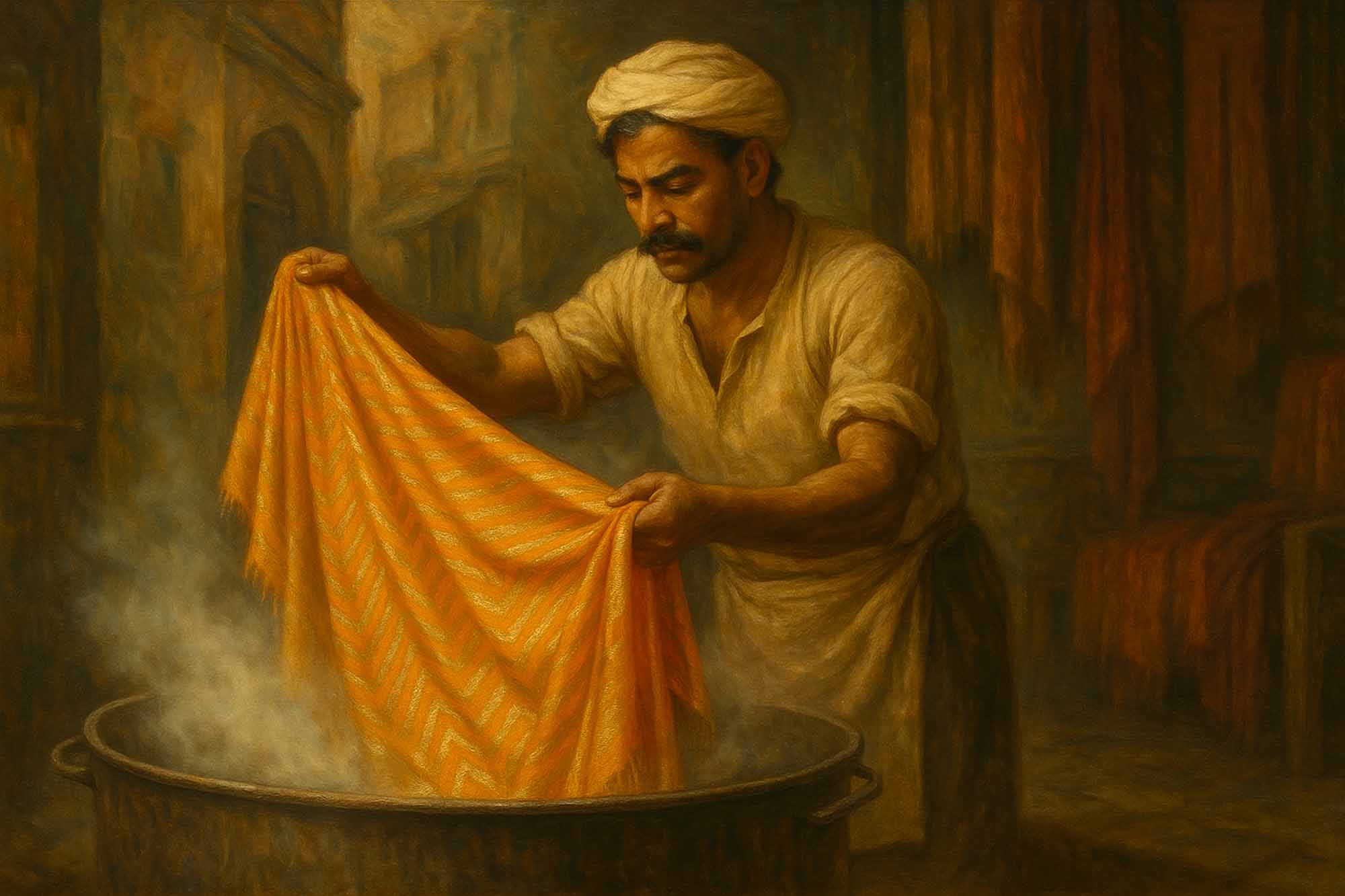
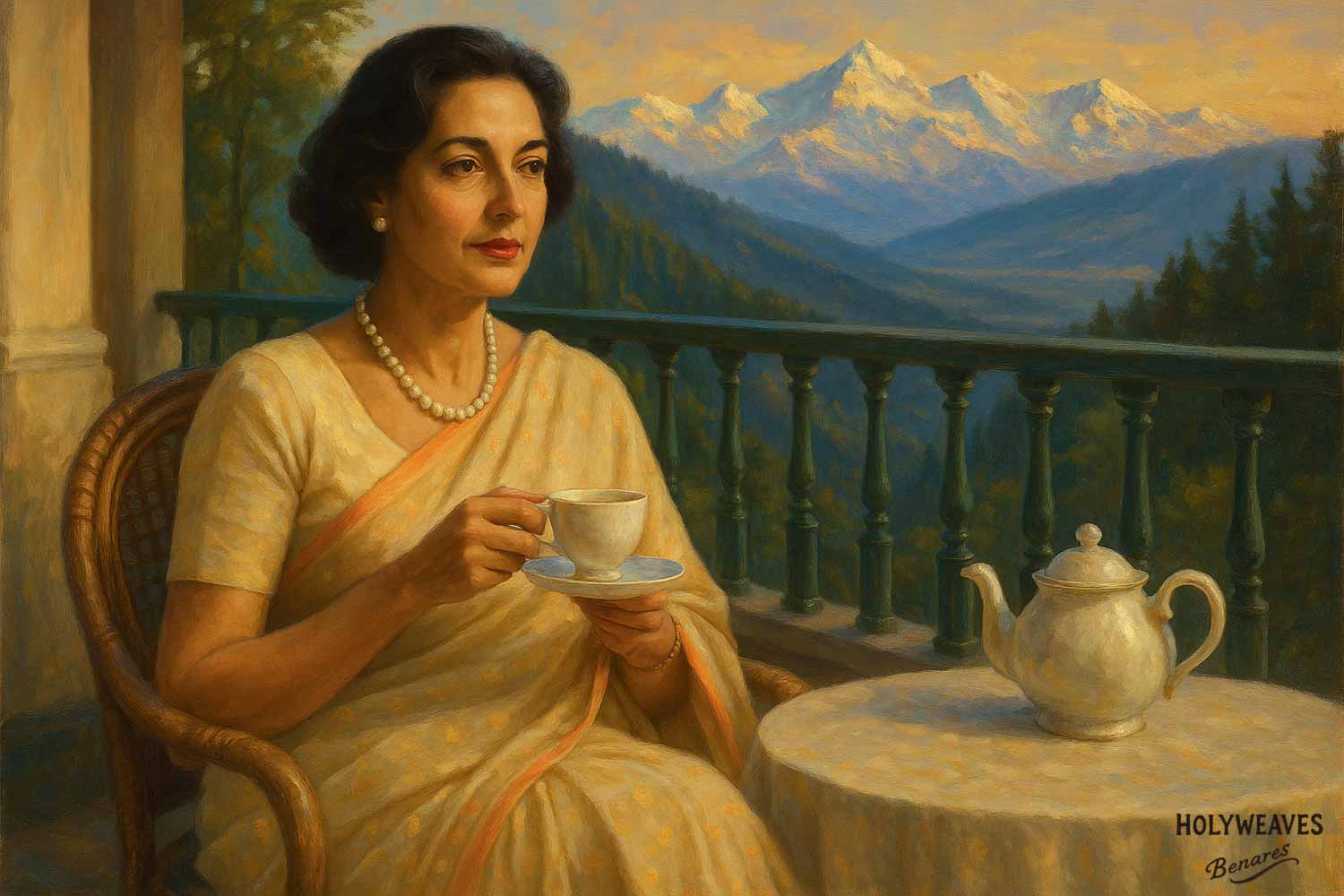
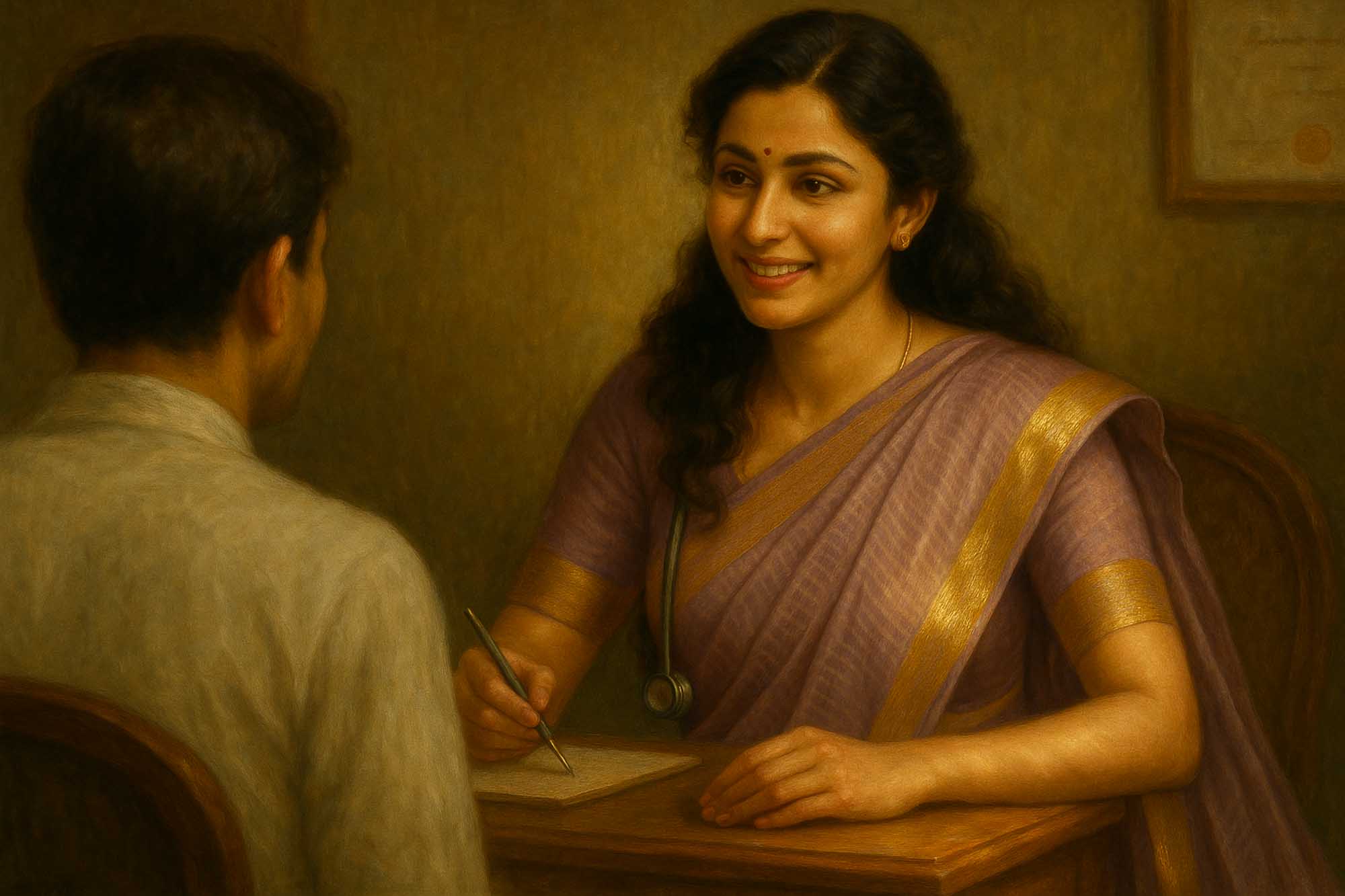

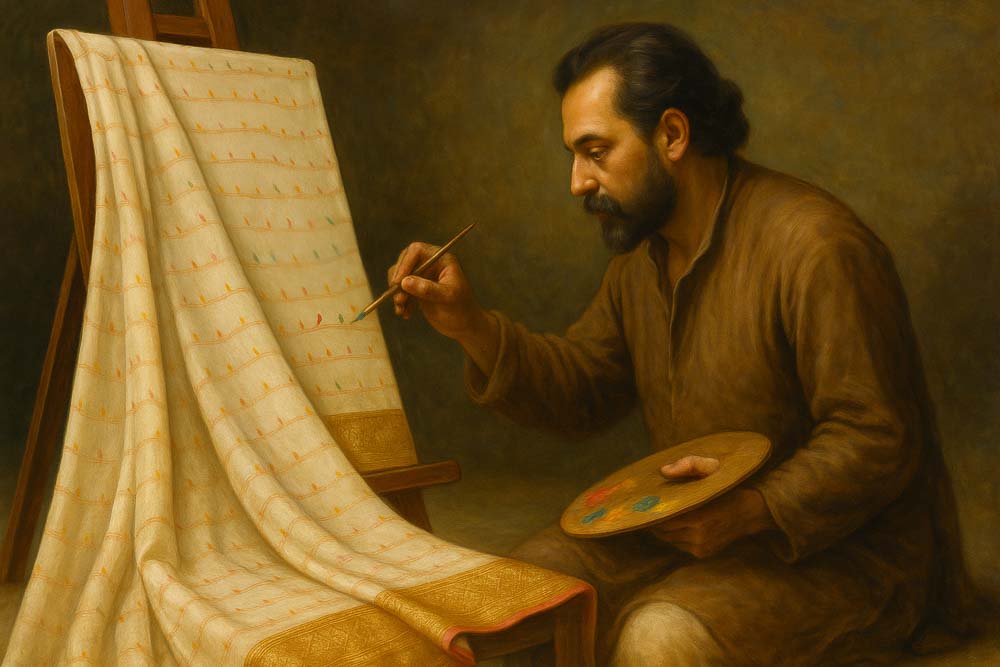

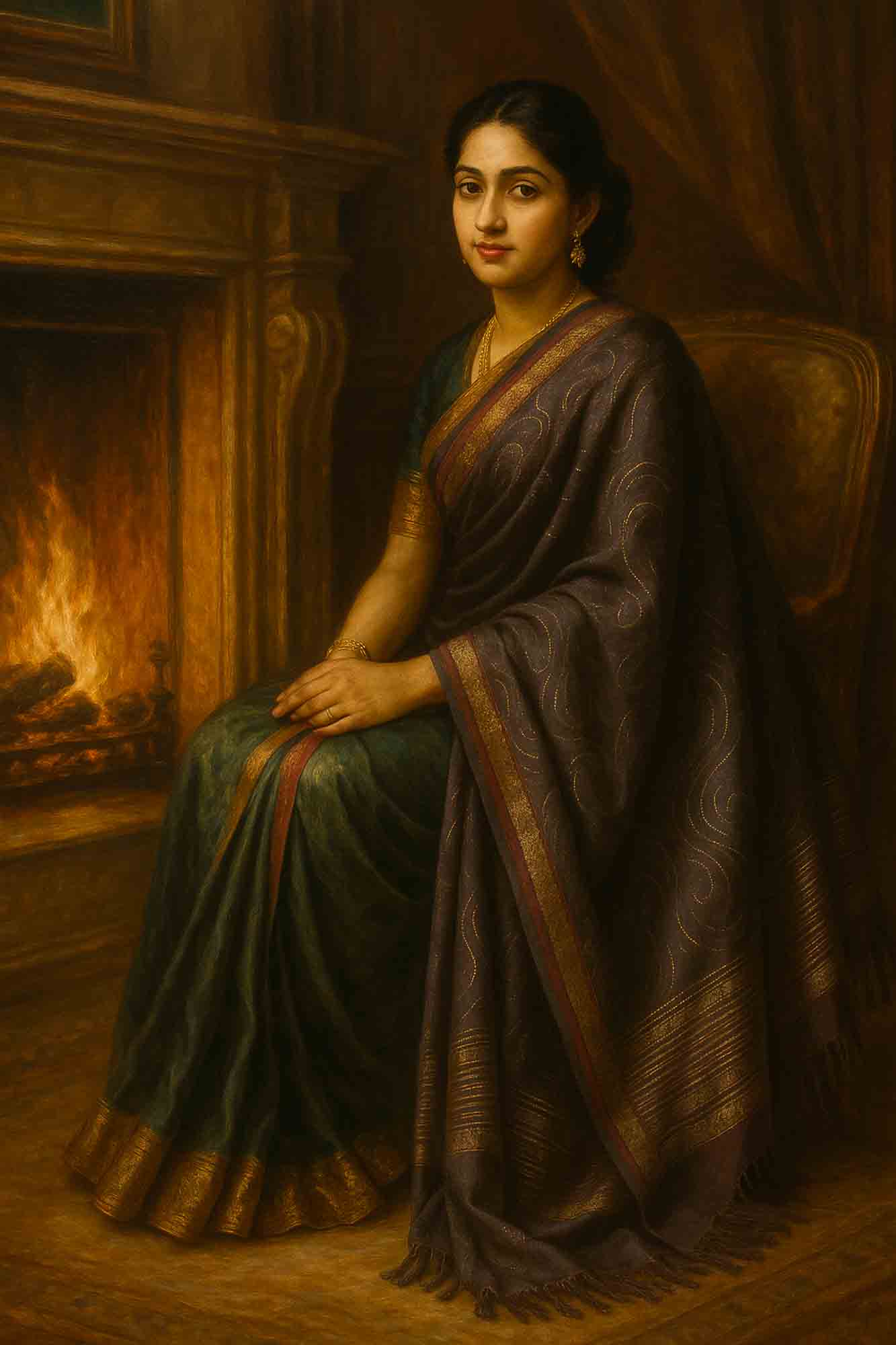

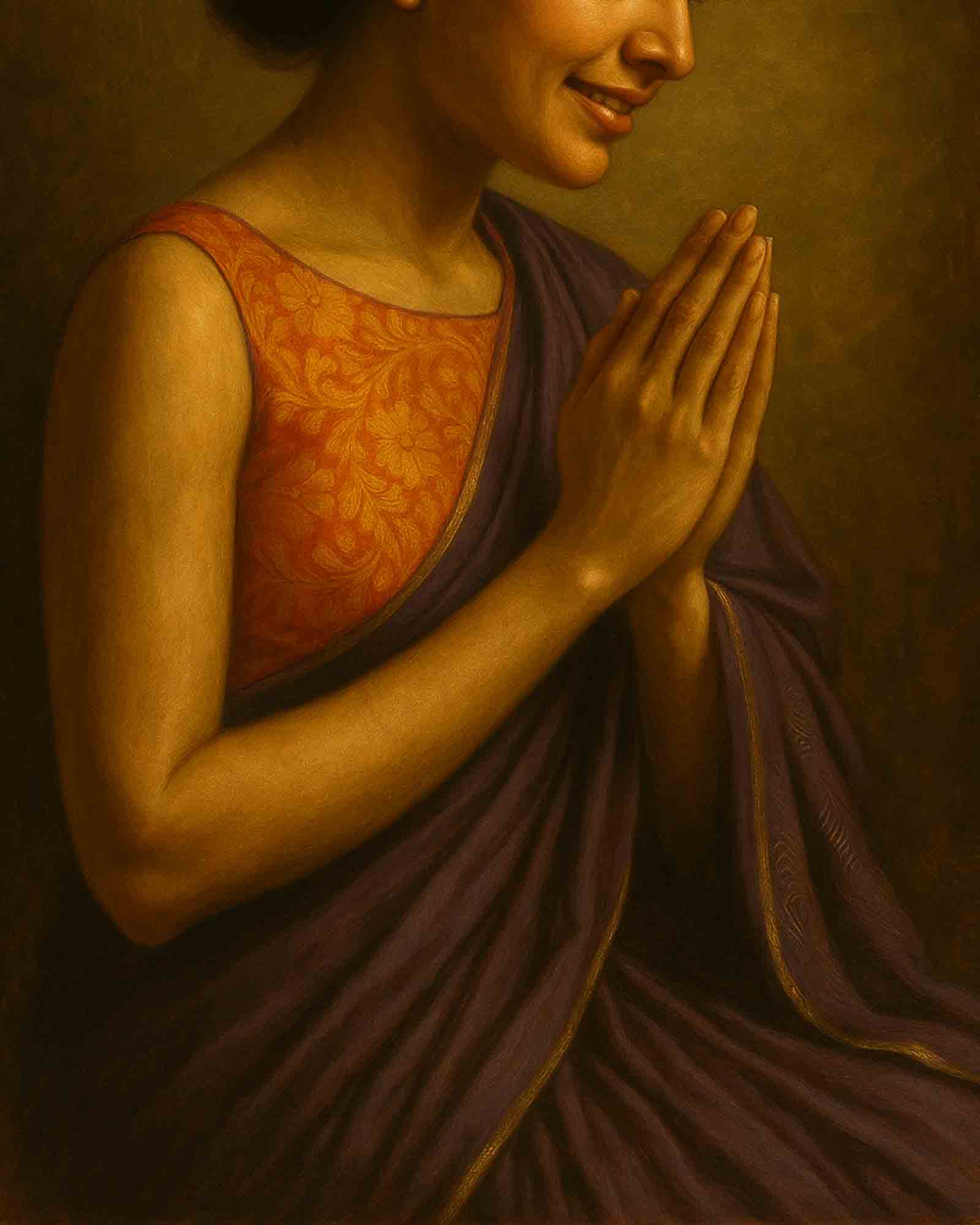
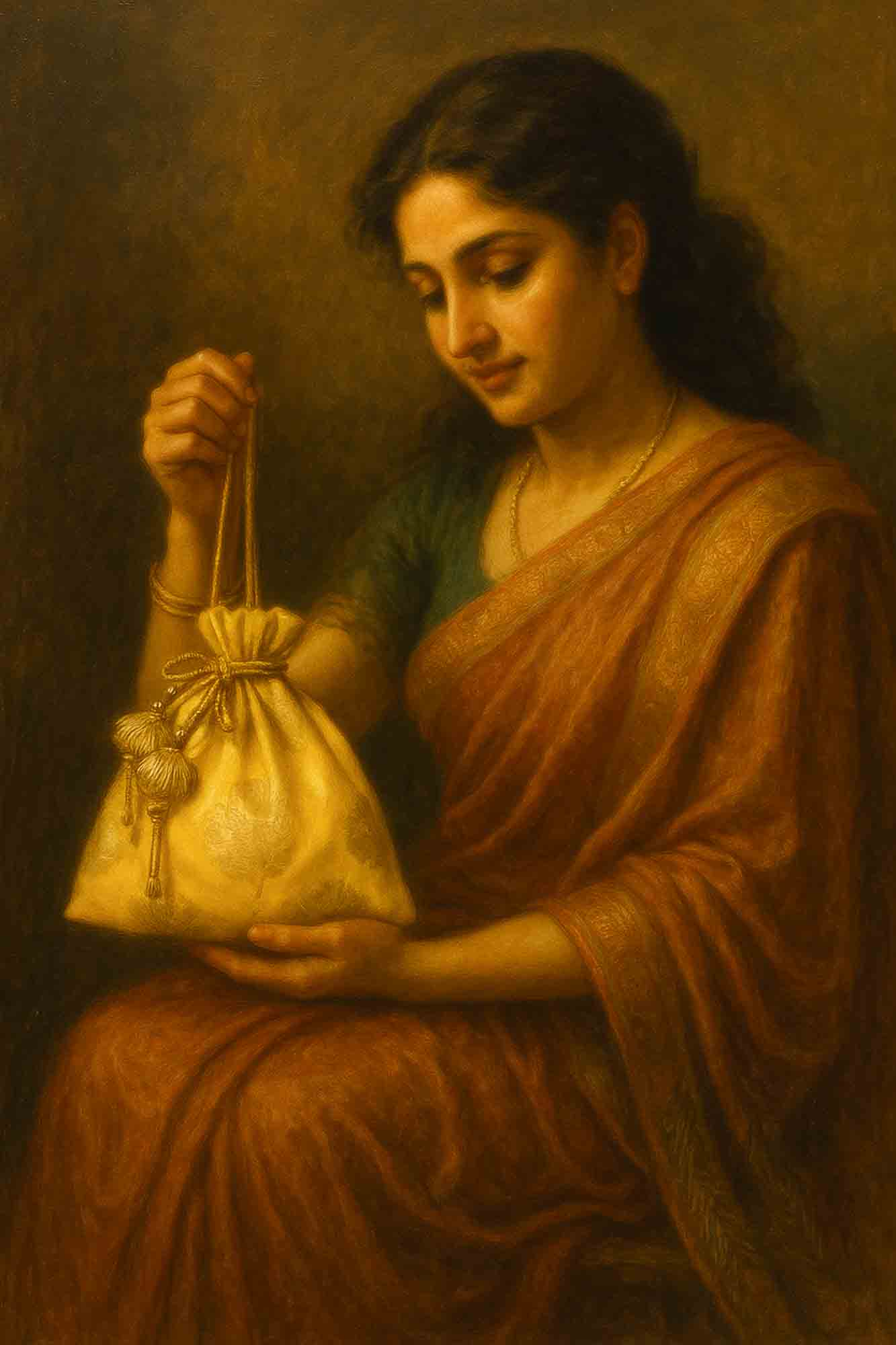
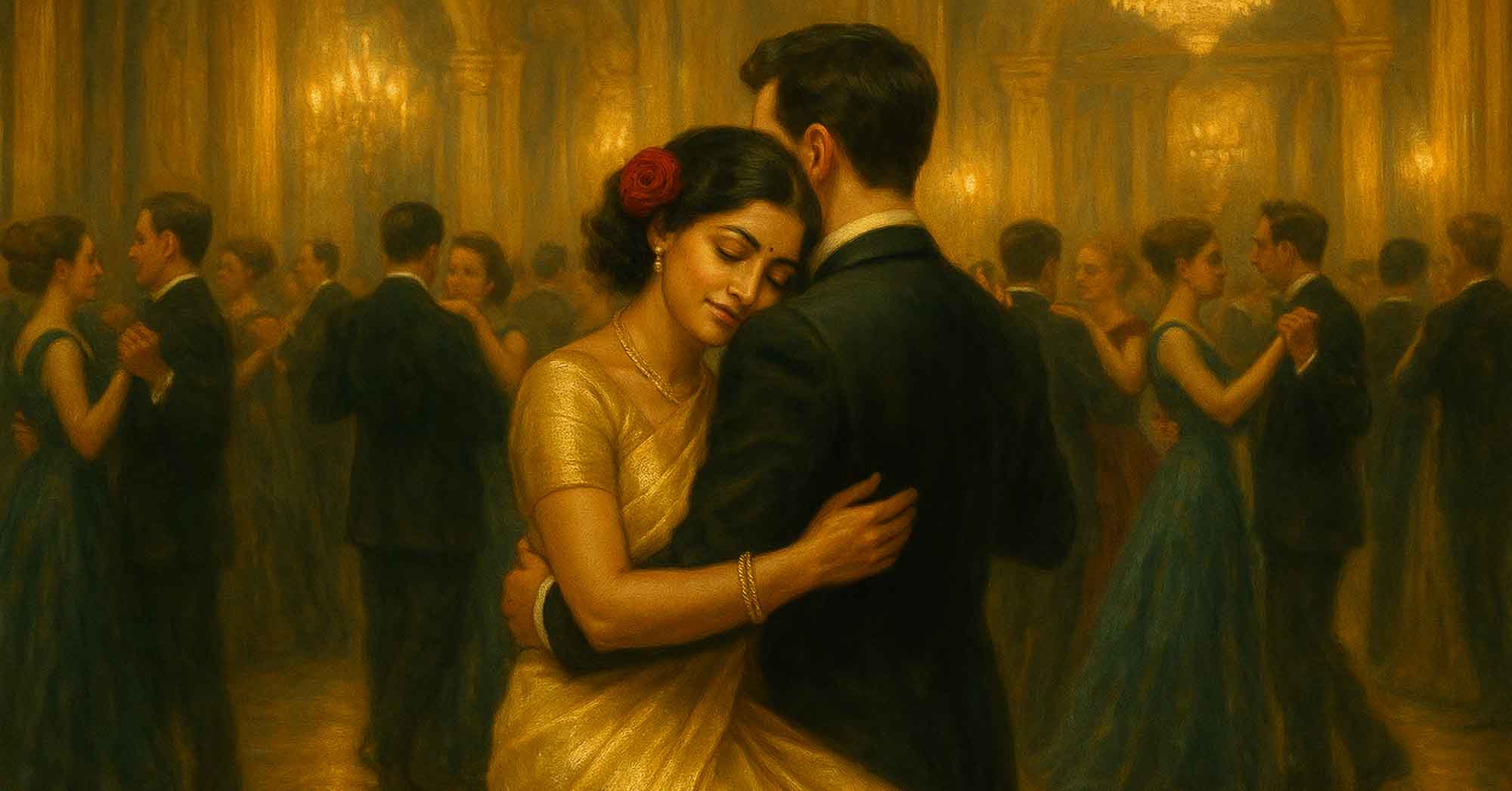
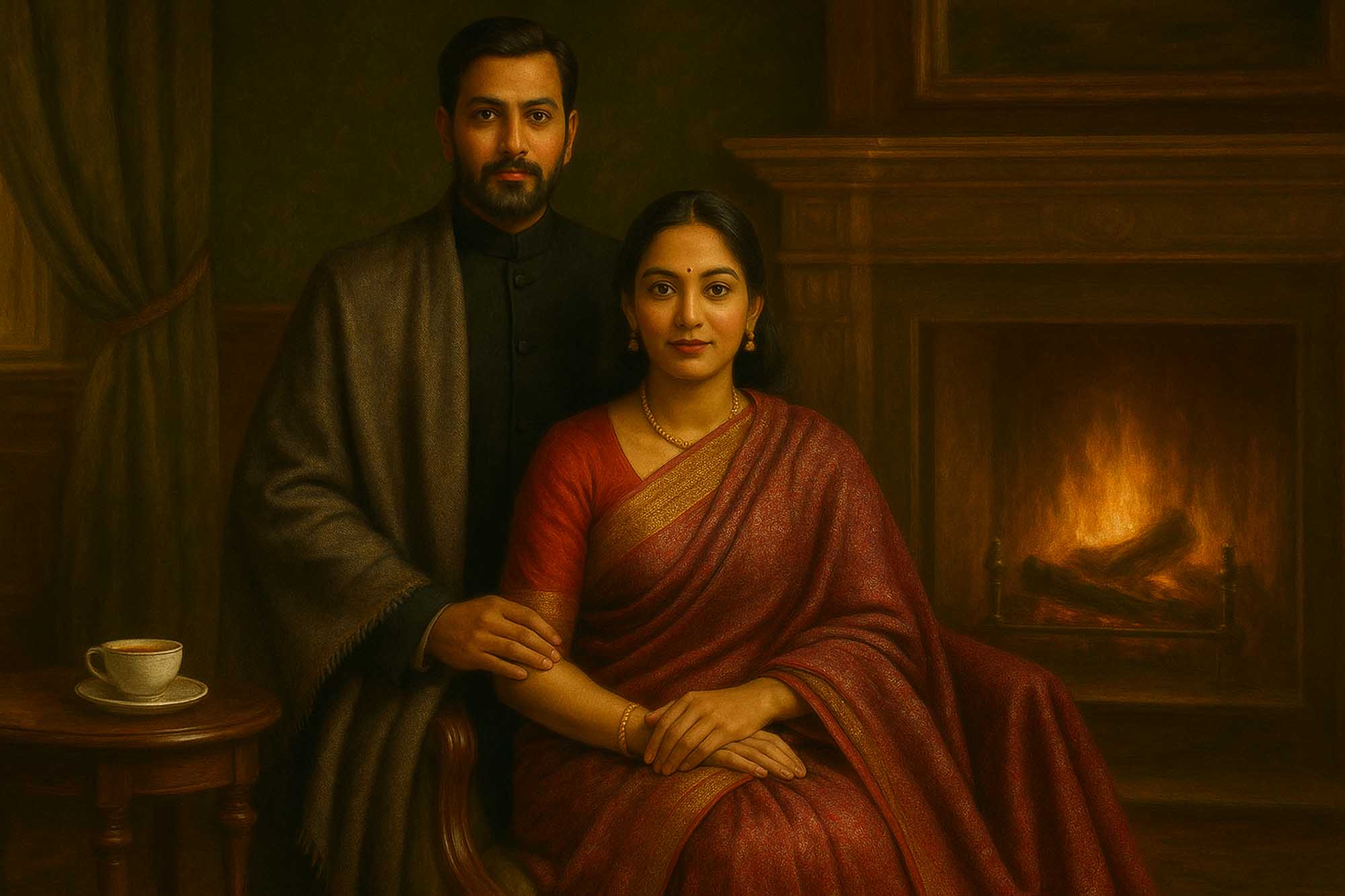
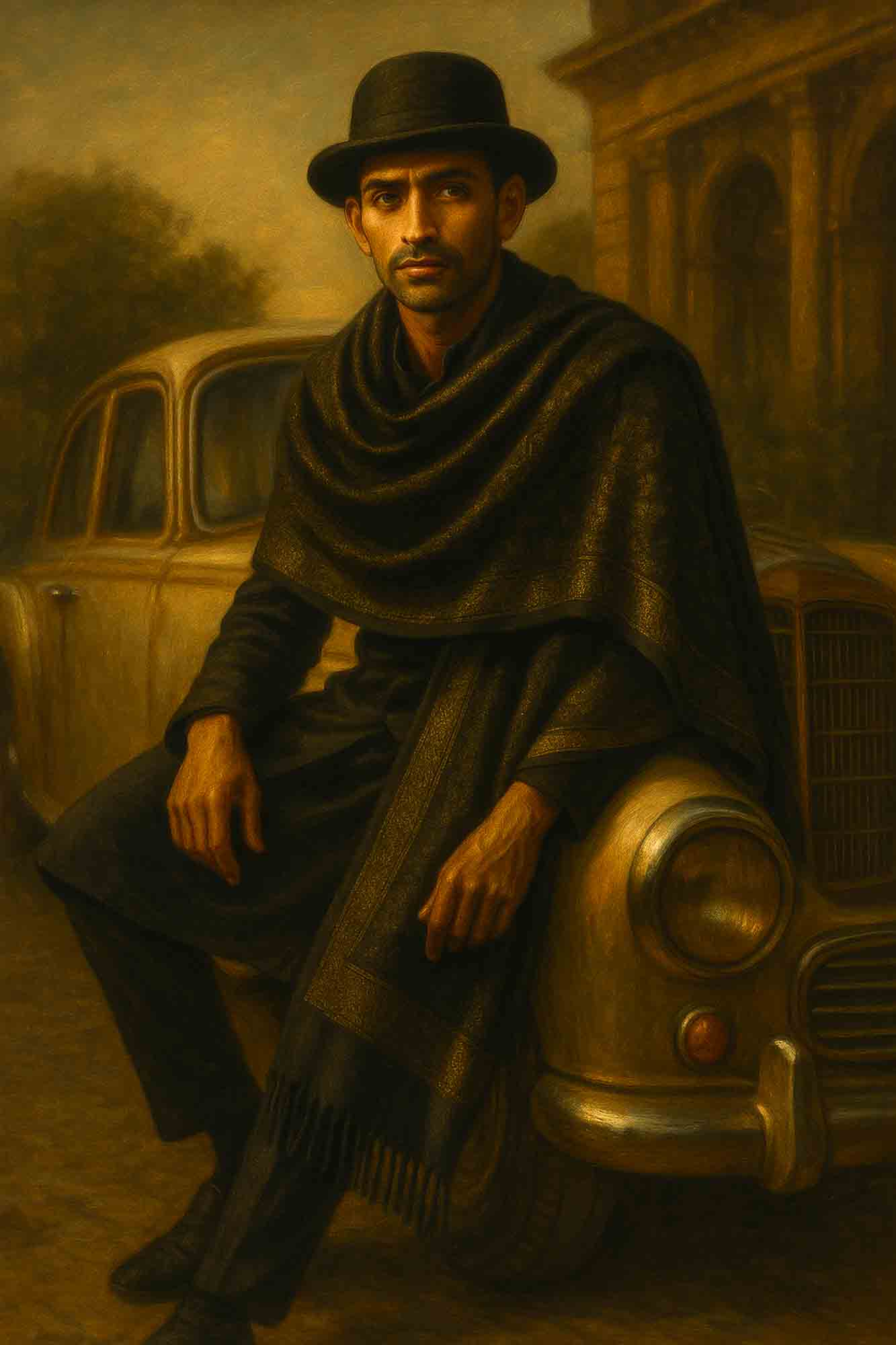
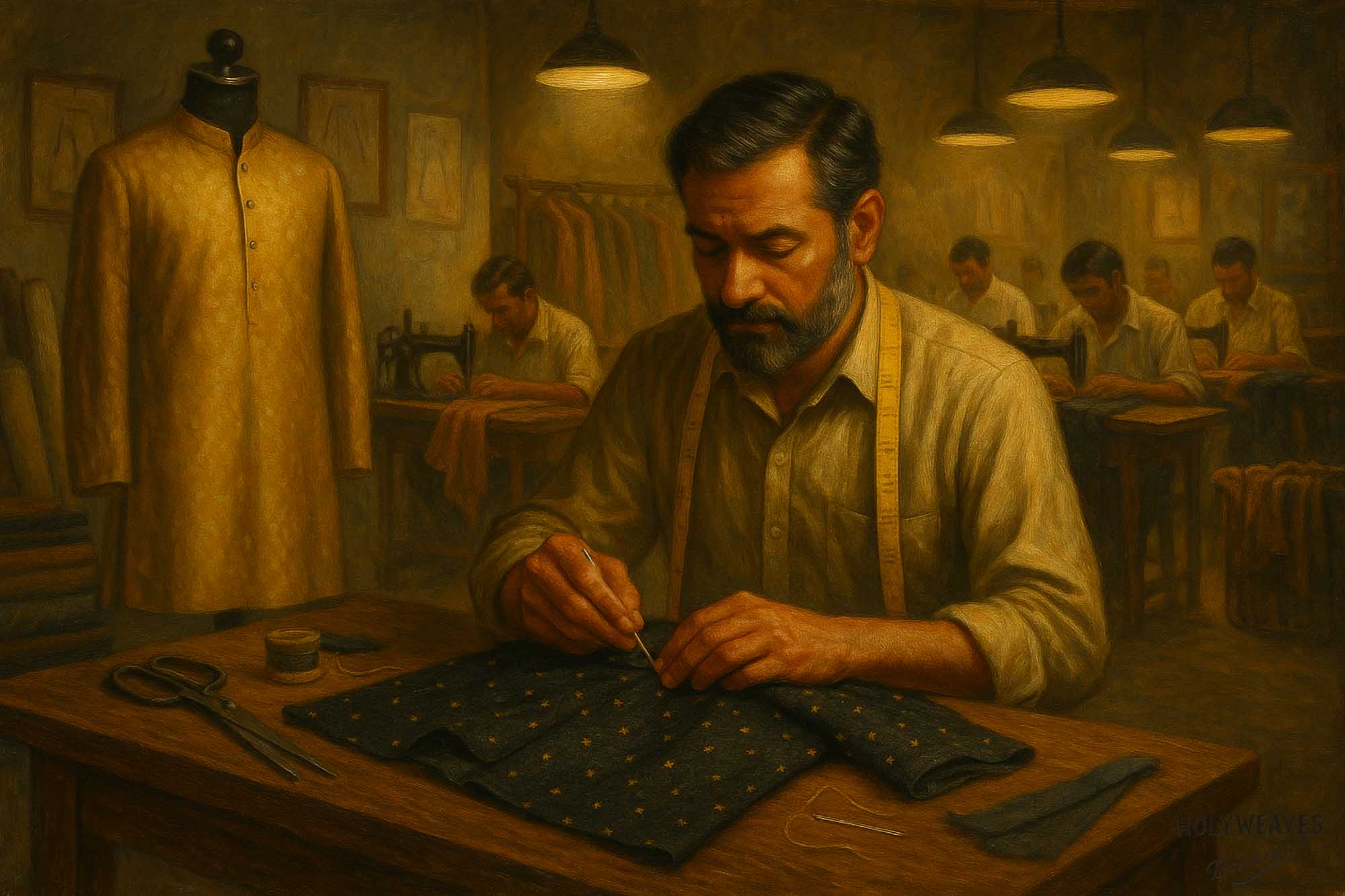
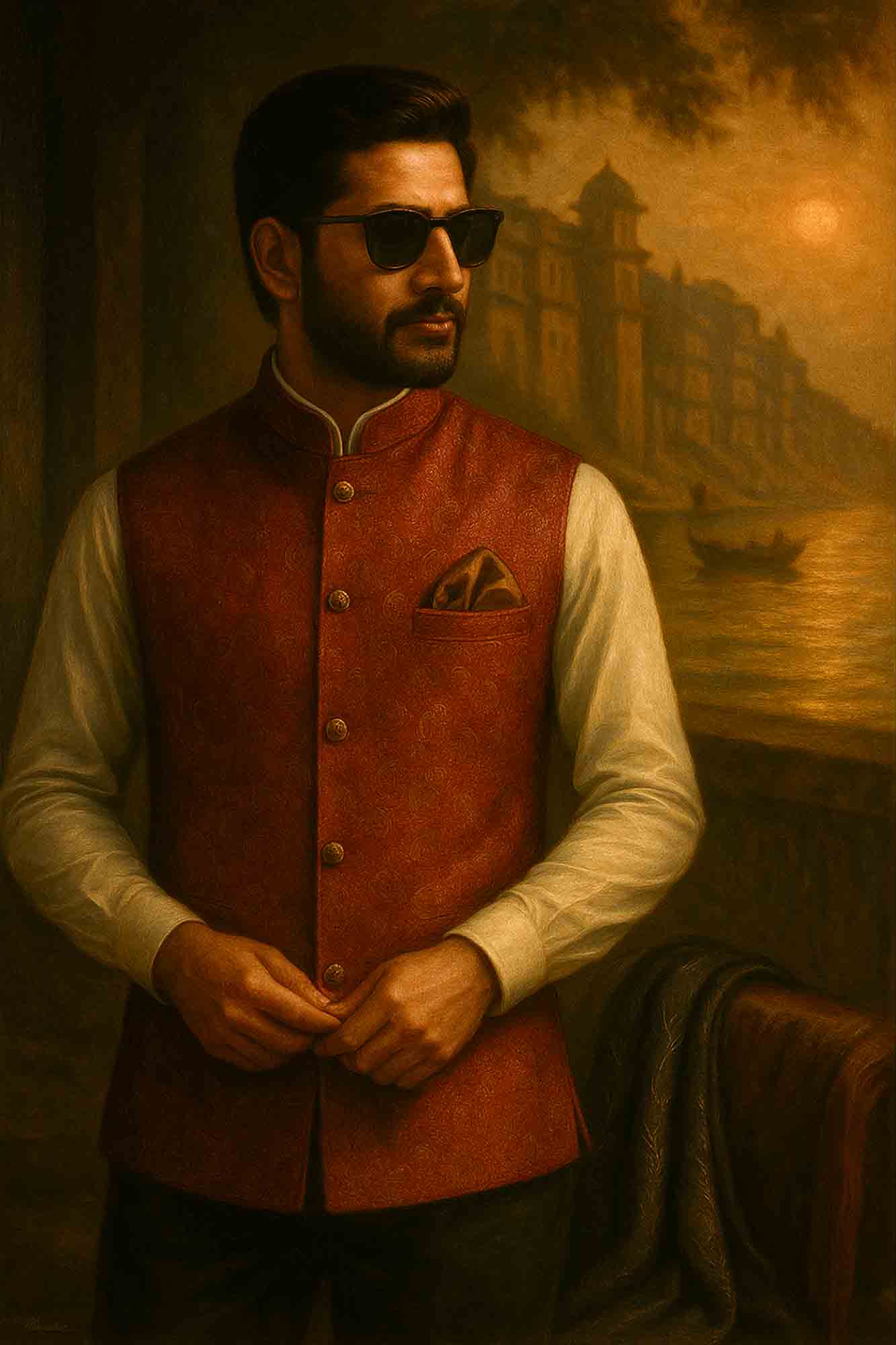
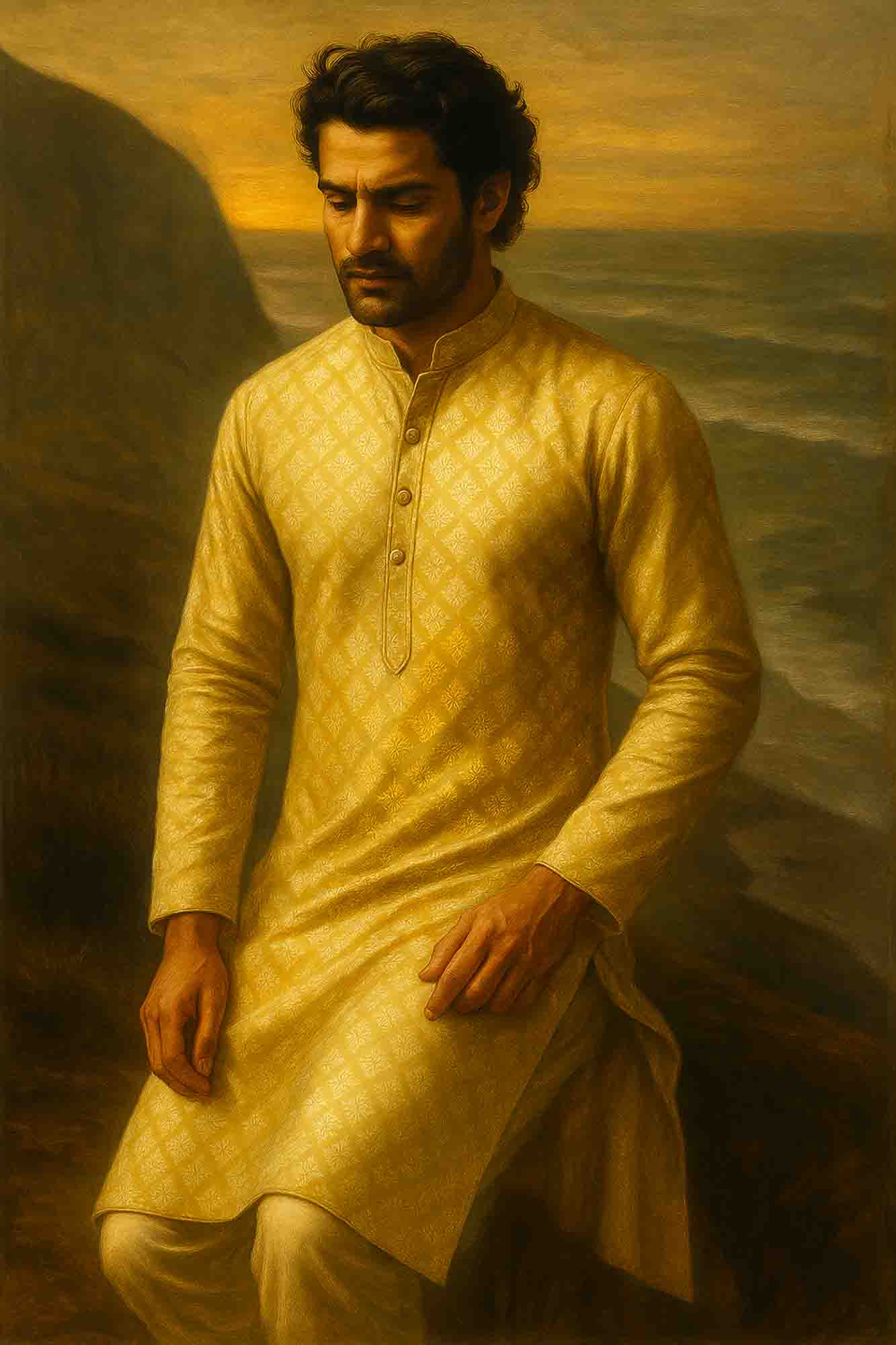


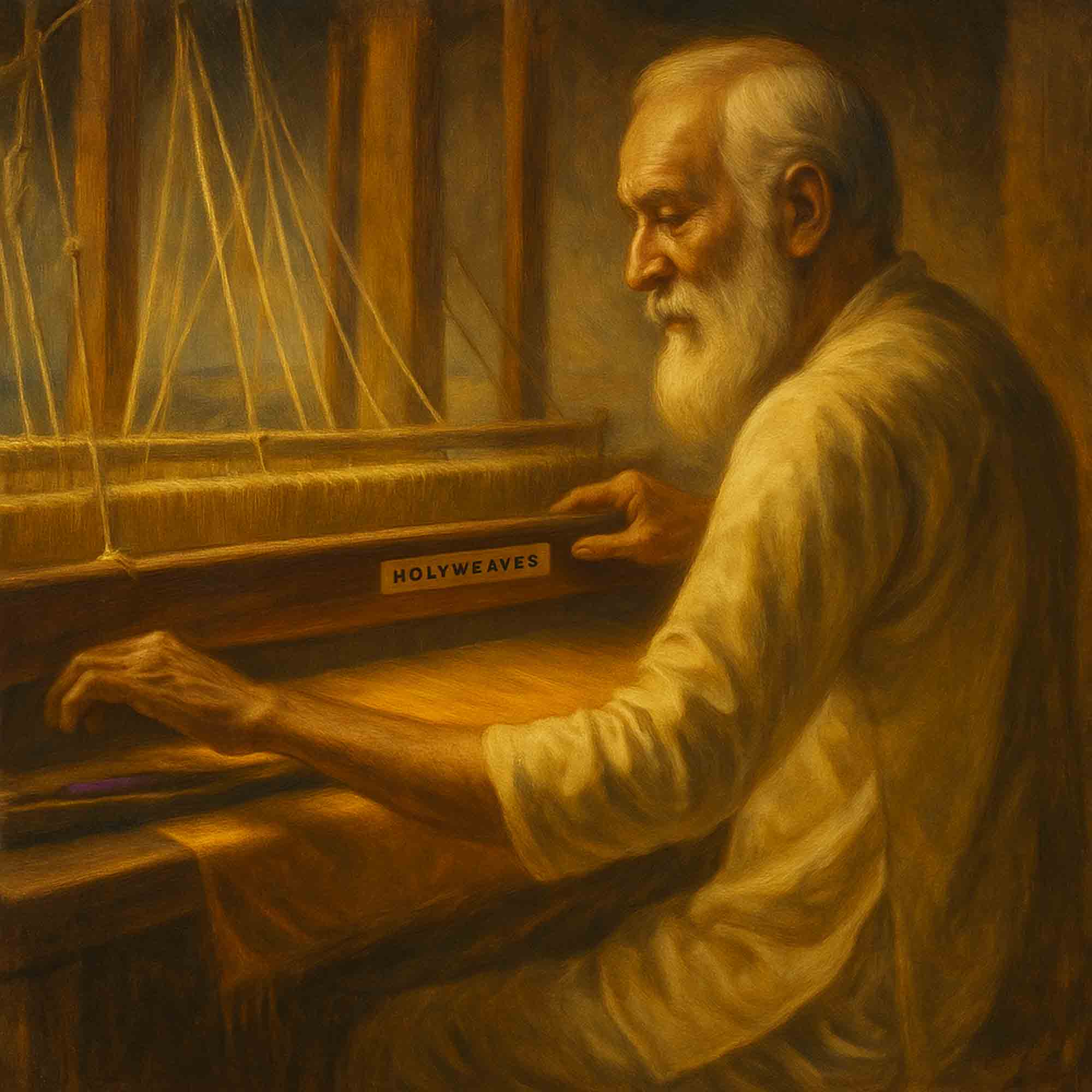



1 comment
Clarify the Connection to Banarasi Weaving:
The article does an excellent job of tracing the paisley motif’s history, but it could emphasize more how exactly Banarasi weavers adapted and modified the motif over time. Perhaps include a specific example of a historical Banarasi saree featuring paisleys.
Kartheek Phanithapu
Leave a comment
This site is protected by hCaptcha and the hCaptcha Privacy Policy and Terms of Service apply.